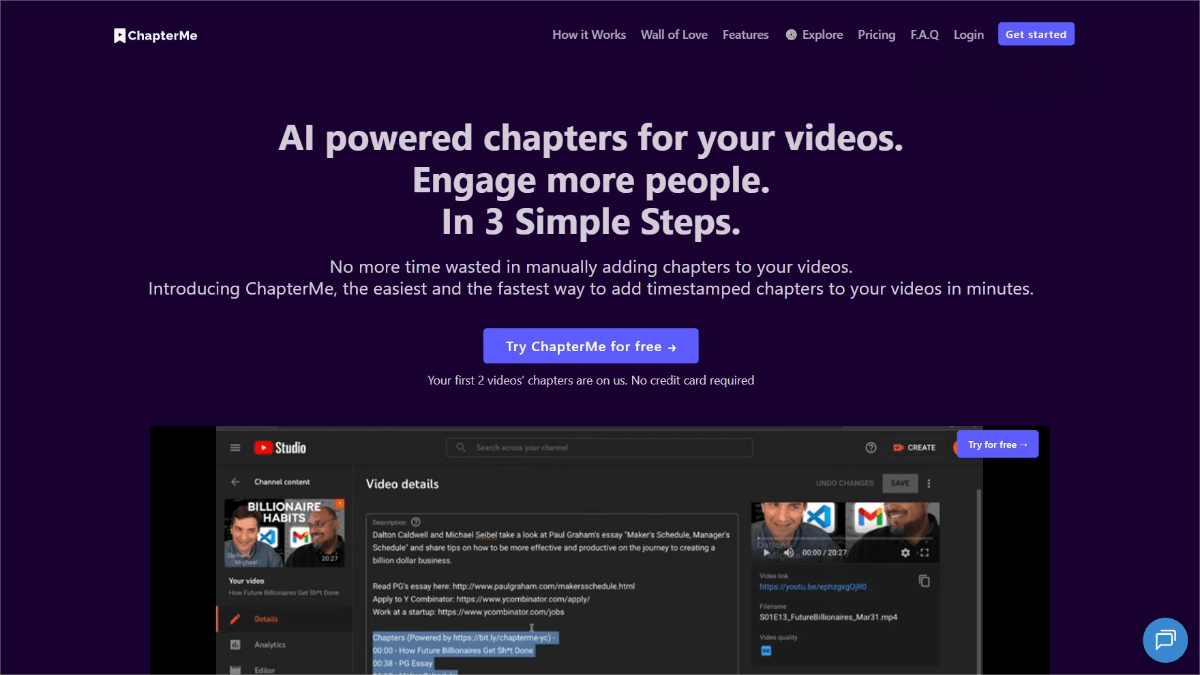AlphaGenome – Google’s AI-powered model for predicting gene variants
What is AlphaGenome?
AlphaGenome is a new AI model developed by Google DeepMind, designed to deepen our understanding of the genome. The model can process DNA sequences up to 1 million base pairs in length, predicting thousands of molecular features that represent regulatory activity and assessing the impact of genetic variants.
Built on convolutional layers and a Transformer architecture, AlphaGenome is trained on large-scale public datasets. It offers advantages such as long-sequence context with high resolution, comprehensive multimodal predictions, efficient variant scoring, and novel splicing site modeling. AlphaGenome has demonstrated top-tier performance across multiple benchmarks and is accessible via API for non-commercial research. It holds great promise for advancing disease research, gene therapy, and fundamental life sciences.

Key Features of AlphaGenome
-
Prediction of Gene Regulatory Features: Accurately predicts gene start/end positions, RNA splicing, expression levels, and DNA base accessibility.
-
Genetic Variant Impact Assessment: Efficiently evaluates the impact of genetic mutations by comparing model predictions before and after the variant.
-
Support for Disease Research: Helps pinpoint potential causes of disease and identify novel therapeutic targets.
-
Synthetic Biology Design Guidance: Aids in designing synthetic DNA with specific regulatory functions.
-
Accelerating Basic Research: Facilitates the mapping of genome regulatory elements and deepens understanding of genome function.
Technical Architecture of AlphaGenome
-
Long-Sequence Input & High-Resolution Predictions: AlphaGenome can process up to 1 million base pairs of DNA and produce predictions at single-base resolution. This long-range context is vital for detecting distant regulatory elements and fine biological details.
-
Convolutional Layers for Local Pattern Detection: These layers detect short motifs and features in DNA sequences, serving as the foundation for further analysis.
-
Transformer for Global Information Integration: The Transformer architecture integrates information across the entire sequence, capturing long-range dependencies critical for modeling complex regulatory interactions.
-
Multimodal Prediction Outputs: Through specialized output layers, the model translates detected features into specific molecular predictions, including gene boundaries, RNA splicing types, expression levels, and DNA accessibility.
-
Efficient Variant Scoring: AlphaGenome can evaluate the impact of a genetic variant on all related molecular features in under one second, comparing outputs before and after mutation.
-
Novel Splicing Site Modeling: For the first time, AlphaGenome can directly model splicing site positions and expression levels from DNA, offering new insights into how genetic variation affects RNA splicing.
- Large-Scale Data Training: Trained on vast experimental datasets from public resources such as ENCODE, GTEx, 4D Nucleome, and FANTOM5, covering diverse human and mouse cells and tissues. This allows AlphaGenome to learn a wide spectrum of gene regulatory mechanisms.
Project Links
-
Official Website: https://deepmind.google/discover/blog/alphagenome-ai-for-better-understanding-the-genome/
-
Technical Paper: https://storage.googleapis.com/deepmind-media/papers/alphagenome.pdf
Application Scenarios
-
Disease Research: Helps precisely identify potential genetic causes of diseases and discover novel therapeutic targets, especially for rare Mendelian disorders.
-
Synthetic Biology: Guides the design of synthetic DNA with desired regulatory properties and optimizes biological synthesis pathways.
-
Fundamental Research: Assists in mapping functional elements in the genome, accelerating genomic science.
-
Drug Development: Facilitates identification of new drug targets and assessment of how drugs affect gene regulation.
-
Gene Therapy: Supports precise repair of genetic mutations and enhances the design of gene-editing tools.
Related Posts




